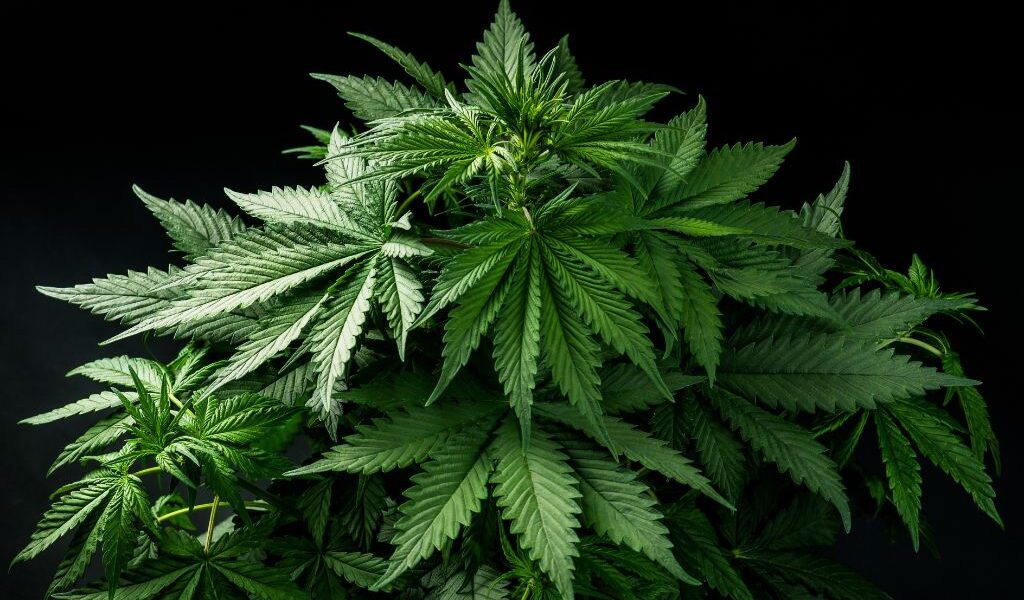Understanding the life cycle of weeds is a fundamental step in managing them effectively. Weeds, often seen as a gardener’s nemesis, can be controlled more efficiently when their growth patterns and reproductive strategies are well understood. This article explores the various stages of the weed life cycle and offers insights into better control methods.
The Weed Life Cycle
Weeds, like all plants, go through a series of growth stages. Recognizing these stages can help in implementing timely control measures. The life cycle of weeds can be broadly categorized into the following stages:
- Germination
- Seedling
- Vegetative
- Reproductive
- Maturity
Germination
The life of a weed begins with germination. This stage is triggered by environmental factors such as temperature, moisture, and light. Some weed seeds can remain dormant in the soil for years, waiting for the right conditions to sprout. For instance, the seeds of the common dandelion can germinate in a wide range of conditions, making it a persistent problem in many gardens.
Seedling
Once germinated, the weed enters the seedling stage. During this phase, the plant is most vulnerable and can be easily controlled through mechanical means such as hoeing or hand-pulling. The seedling stage is critical for intervention, as the plant has not yet developed a robust root system.
Vegetative
In the vegetative stage, weeds focus on growing leaves and stems. This stage is characterized by rapid growth and the establishment of a strong root system. Perennial weeds, such as bindweed, can be particularly challenging during this phase due to their extensive root networks. Effective control at this stage often involves the use of herbicides or repeated mowing to deplete the plant’s energy reserves.
Reproductive
The reproductive stage is when weeds produce flowers and seeds. Control efforts during this phase aim to prevent seed production and dispersal. For example, mowing or cutting weeds before they set seed can significantly reduce their spread. In agricultural settings, timing is critical to prevent yield losses caused by weed competition.
Maturity
At maturity, weeds have completed their life cycle and are focused on seed dispersal. Some weeds, like the notorious ragweed, can produce thousands of seeds per plant, ensuring their persistence in the environment. Control at this stage is often too late to prevent seed production, but it can help reduce the seed bank for future seasons.
Strategies for Better Weed Control
Effective weed management requires a combination of strategies tailored to the specific life cycle stages of the target weeds. Here are some approaches that can enhance control efforts:
- Cultural Practices: Crop rotation, cover cropping, and maintaining healthy soil can suppress weed growth by creating unfavorable conditions for germination and establishment.
- Mechanical Control: Regular mowing, tilling, and hand-weeding can be effective, especially during the seedling and vegetative stages.
- Chemical Control: Herbicides can be used strategically to target specific growth stages. Pre-emergent herbicides prevent germination, while post-emergent options target established weeds.
- Biological Control: Introducing natural predators or competitors can help manage weed populations. For instance, certain insects are known to feed on specific weed species.
Case Studies and Examples
Several case studies highlight the success of integrated weed management strategies. In the Midwest United States, farmers have successfully reduced herbicide use by incorporating cover crops and precision agriculture techniques. This approach not only controls weeds but also improves soil health and reduces erosion.
In Australia, the use of narrow windrow burning has been effective in managing herbicide-resistant weed populations. By concentrating chaff and straw into narrow rows and burning them, farmers can destroy weed seeds and reduce the seed bank.
Statistics on Weed Impact
Weeds are a significant concern in agriculture, causing billions of dollars in crop losses annually. According to the Weed Science Society of America, weeds are responsible for approximately 12% of global crop yield losses. In the United States alone, the economic impact of weeds is estimated at over $30 billion per year.
In addition to economic losses, weeds can also affect biodiversity and ecosystem health. Invasive weed species can outcompete native plants, leading to reduced habitat quality for wildlife.
Conclusion
Understanding the life cycle of weeds is a key component of effective management. By targeting specific growth stages with appropriate control measures, it is possible to reduce weed populations and minimize their impact on agriculture and ecosystems. Combining cultural, mechanical, chemical, and biological strategies offers the best chance for success. As research continues to advance, new tools and techniques will emerge, providing even more options for sustainable weed management.
